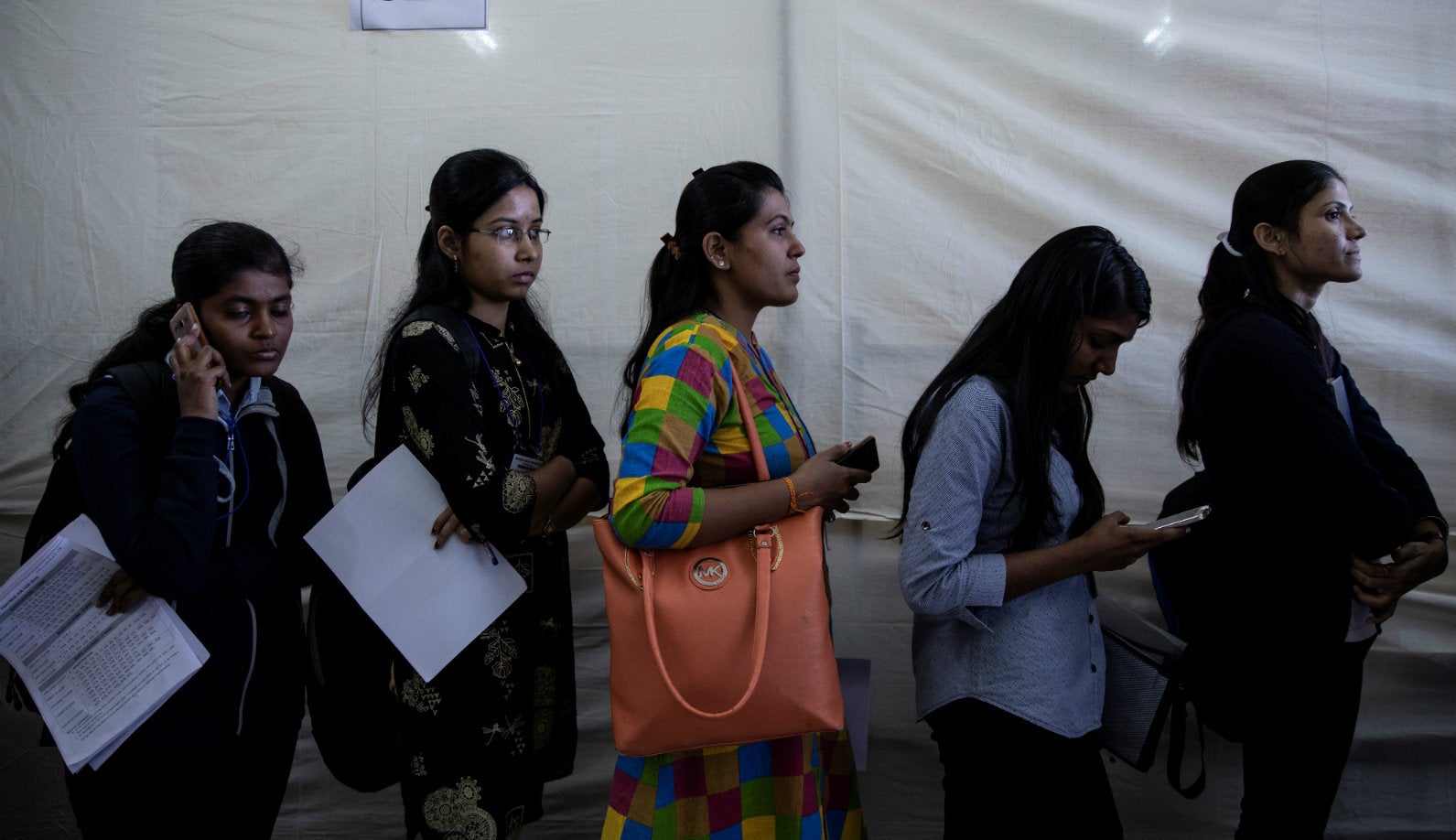Impact investors can alleviate India’s unemployment crisis
India’s labour market is languishing, and a practical solution to the problem could come from impact investors.


India’s labour market is languishing, and a practical solution to the problem could come from impact investors.
The country creates just about a million jobs a year, whereas 20 million new jobs are required annually to absorb all new entrants to the labour market, according to various estimates. The imbalance has led to unemployment levels that are at a 45-year high.
This is where impact investing, or investments that generate a social impact alongside financial returns becomes important. With the right business model, impact investors can profitably channel their capital to labour-intensive industries and create more jobs.
Though it’s still early days, such impact investments are not uncommon in India.
The social enterprise incubator Villgro, for instance, backs startups that create jobs, enhance wages, and boost formalisation of various industries. Since its founding in 2001, it has backed enterprises such as the online domestic help provider Bookmybai, and the consumer services provider Gapoon.
Upaya Social Ventures, another impact investor, explicitly backs firms that can create dignified jobs for the poor, whereas Bengaluru-based Unitus Ventures supports companies in the job-tech space.
There has also been increased interest in employability from large foundations like the Michael & Susan Dell Foundation.
However, it is necessary to bring in more rigour to this process. How does an impact investor, for instance, decide where to invest for maximum job creation?
Whom to back?
One useful approach is to look at industries that require a lot of unskilled and semi-skilled labour.
According to India’s 2017 Economic Survey, industries with the highest jobs-to-investment ratio are apparel, leather, and footwear, which create 23.9, 9.9, and 7.7 jobs per Rs1 lakh ($1,414) of investment respectively.
These industries also tend to employ women in large numbers (it’s close to 70% in the garment industry), hence contributing to their empowerment.
Investing in such sectors, therefore, can lead to the greatest bang (jobs) for the buck (investments).
Business sense
Contrary to popular belief, investing in labour-intensive enterprises can be financially rewarding as well. Case in point: India’s apparel sector.
The industry clocked a compound annual growth rate of 13%, growing from Rs2.43 lakh crore in financial year 2010 to Rs6.48 lakh crore in financial year 2018. According to CARE Ratings’ analysis of 31 companies in this space, operating margins improved from 8.5% in financial year 2012 to 11.4% in financial year 2018.
Furthermore, a recent report by the Federation of Indian Chambers of Commerce and Industry states: “Beyond a handful of organised players, the apparel industry comprises of fragmented entities that lack the financial and managerial bandwidth to identify, analyse and rectify productivity-related challenges. In general, Indian garment units operate at lower productivity levels than their counterparts in China, Bangladesh, or Turkey.”
This shows there is still tremendous scope for improvement in efficiency, which is an opportunity for impact investors.
Government policies
While impact investment can be a crucial component in fighting India’s unemployment crisis, it is no substitute for the role of the government. India is in dire need of more relaxed labour laws, speedy refunds of goods & services tax (GST), and free trade agreements with large importers like the European Union and the US.
Development experts have accepted that immense social impact is generated when labour-intensive industries prosper in a country like India, where manpower is abundant and also underemployed.
It’s time for impact investors to accept the same.